What Is Soft Selling and How Can It Help Your Business?
Have you ever wondered how some businesses make sales without sounding pushy? That’s the magic of soft selling.
Soft selling means being friendly, not forceful when talking to prospects. If you are new to the world of sales, you may need to learn how to use this selling tactic, and that can leave you behind.
In this post, we’ll explore the basics of soft selling and spill the beans in a super simple way! We’ll show you how to compare it with hard selling as well.
So, let’s get started!
Table of Content
What Is a Soft Sell?
Soft selling is a way of promoting or selling a product or service that focuses on building a friendly and trust-based relationship with the customer. Instead of using aggressive tactics or pushing for a quick sale, soft selling involves a more relaxed and conversational approach.
Soft selling is like talking to a buddy, not a sales robot. It’s about being friendly and helpful without being annoying. Instead of shoving stuff in people’s faces, soft-sell methods focus on understanding what folks need and fixing their problems.
Salespeople use active listening skills to understand what prospects are saying. It’s not like the hard sell, which is pushy and in-your-face. Soft selling is more about building bonds and guiding customers without making them feel trapped.
Things like sending emails and reaching out to prospects can help you as a salesperson to connect and make customers feel comfortable and essential. Soft selling is like a casual chat, not a loud commercial, making people more likely to trust and buy from you.
Benefits Of Soft Selling
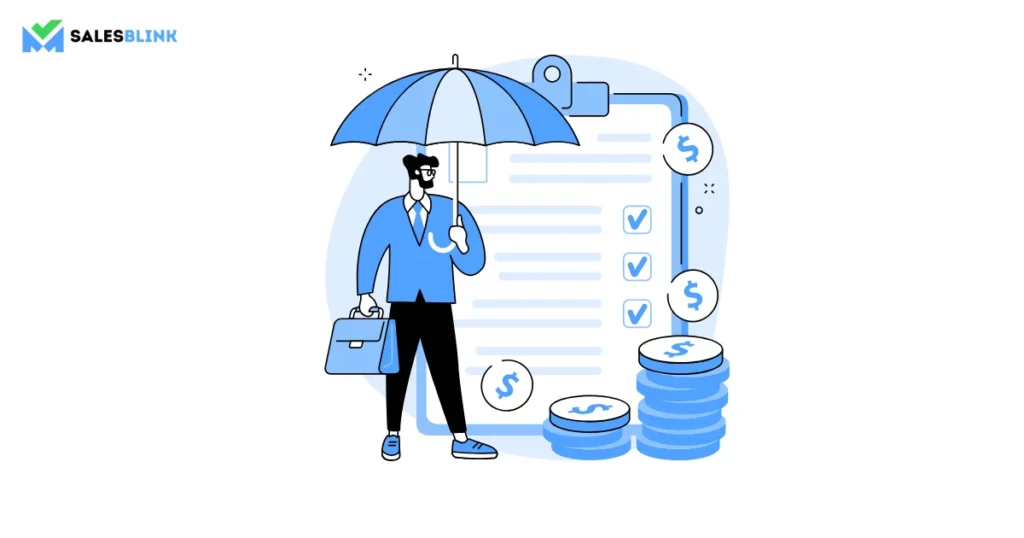
The following are the benefits of Soft Selling;
1. Friendly Approach
Soft selling is similar to building a genuine friendship. It’s about creating a connection with customers on a personal level, understanding their preferences, and fostering a positive relationship.
2. Building Relationships
Trust is a cornerstone of any successful relationship, and in sales, it’s no different. Soft selling allows for the development of trust and stronger bonds with customers, making them more likely to return.
3. No Pressure
Instead of pressuring customers into a purchase, soft selling encourages a relaxed and open conversation. It’s about providing information, addressing concerns, and letting the customer decide at their own pace.
4. Understanding Customer Needs
Active listening is a key skill in soft selling. By genuinely listening to customers, sales representatives can identify their needs and tailor their approach accordingly. This not only helps in making a sale but also ensures customer satisfaction.
5. Effective Communication
Soft selling emphasizes clear and straightforward communication. It avoids aggressive tactics and focuses on conveying information in a way that is easily understandable to the customer, leading to a positive and open dialogue.
6. Less Stressful
The absence of pressure makes the sales process less stressful for both the seller and the prospect. This creates a more comfortable environment where customers feel free to ask questions and explore options without feeling rushed.
7. Long-term Customers
Soft selling is about more than just making a one-time sale. It’s about building a customer base that is loyal and satisfied, increasing the likelihood of repeat business and positive word-of-mouth referrals.
Soft Selling vs Hard Selling
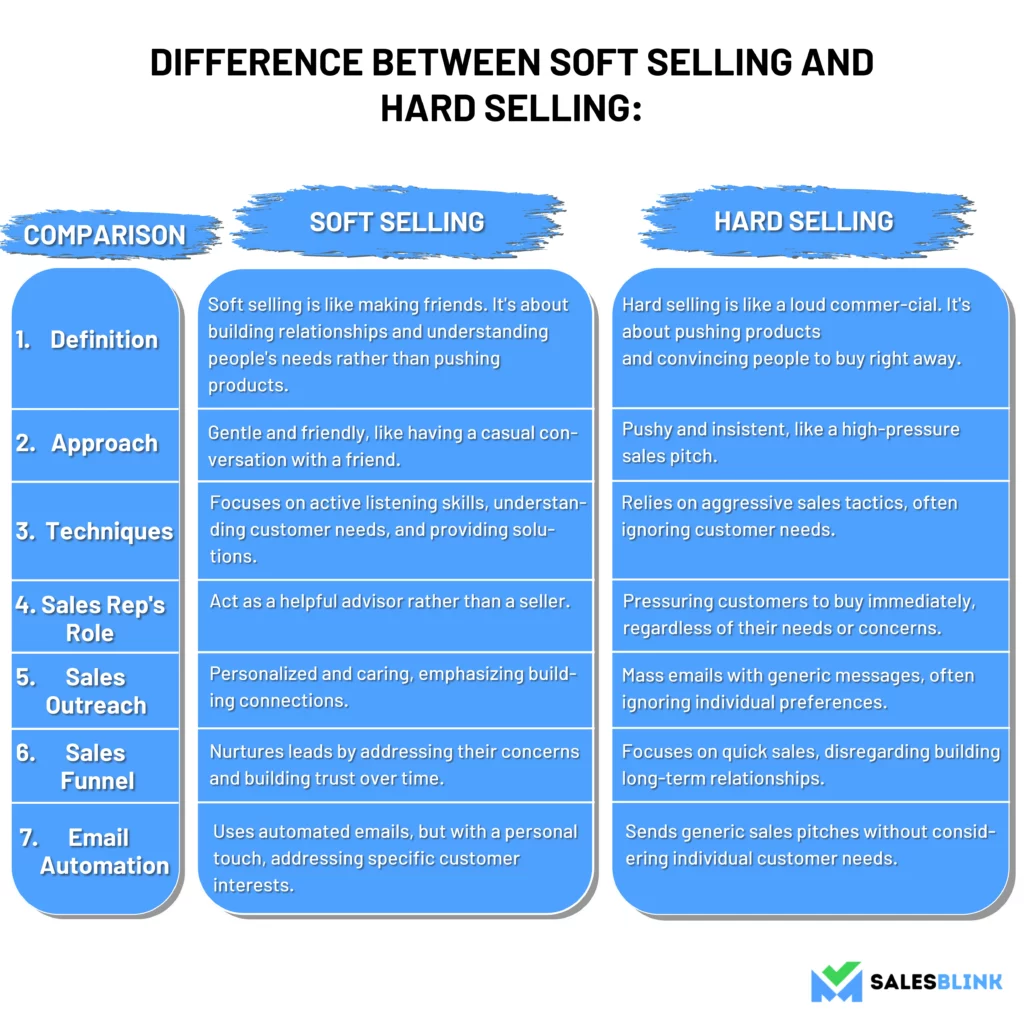
Soft Selling:
1. Definition: Soft selling is like making friends. It’s about building relationships and understanding people’s needs rather than pushing products.
2. Approach: Gentle and friendly, like having a casual conversation with a friend.
3. Techniques: Focuses on active listening skills, understanding customer needs, and providing solutions.
4. Sales Rep’s Role: Act as a helpful advisor rather than a seller.
5. Sales Outreach: Personalized and caring, emphasizing building connections.
6. Sales Funnel: Nurtures leads by addressing their concerns and building trust over time.
7. Email Automation: Uses automated emails, but with a personal touch, addressing specific customer interests.
Hard Selling:
1. Definition: Hard selling is like a loud commercial. It’s about pushing products and convincing people to buy right away.
2. Approach: Pushy and insistent, like a high-pressure sales pitch.
3. Techniques: Relies on aggressive sales tactics, often ignoring customer needs.
4. Sales Rep’s Role: Pressuring customers to buy immediately, regardless of their needs or concerns.
5. Sales Outreach: Mass emails with generic messages, often ignoring individual preferences.
6. Sales Funnel: Focuses on quick sales, disregarding building long-term relationships.
7. Email Automation: Sends generic sales pitches without considering individual customer needs.
In essence, soft selling is about understanding and helping, while hard selling is about pushing and persuading. Soft selling builds relationships, while hard selling focuses on closing deals.
Soft Sell Techniques
The gentle art of persuasion, is all about making the sales process smooth and comfortable for both you and your potential customer. Let’s break it down into easy steps even a beginner can follow:
1. Perform Prospect Research

Before you jump into selling, think of it like preparing a surprise gift for a friend. Imagine you’re doing simple homework about them: what they like, what makes them happy, and what they might need. It’s just like knowing your friend’s favorite color or hobby before picking out a present. Similarly, in soft selling, you research your potential customers. You find out what they’re interested in, what problems they have, and what they might be looking for. It’s about understanding them as if you’re trying to make them smile with the perfect gift. This way, when you talk to them, you can offer something that truly fits their needs and makes them happy.
2. Establish a relationship

Soft selling is as easy as making a new friend! Imagine you’re meeting someone for the first time – you want to be friendly, right? Soft selling works the same way. It means being nice and polite when talking to people who might want to buy your product or service. Even in emails, where you can’t see each other’s faces, it’s important to sound pleasant. Think of it as being as friendly as possible, like with a buddy you’re trying to get to know. You listen to what they say, understand what they need, and then suggest things that might help them. Basically, it’s all about being helpful and kind.
3. Understand Prospect needs
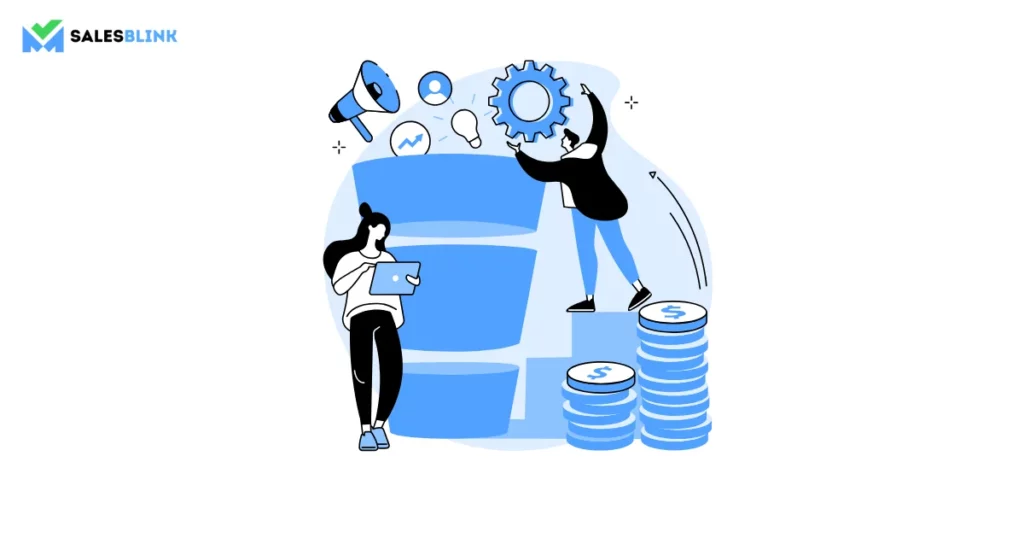
Soft selling is like being a thoughtful friend. Do you know how every friend has different interests and needs? Well, your potential customers are the same! Soft selling means taking the time to understand what each prospect wants, like you do with your friends. It’s as simple as finding out what makes them happy or what problems they want to solve. Then, it’s like recommending a cool gadget to a friend who loves technology or a cozy blanket to someone who likes comfort. It is all about listening and suggesting things that your potential customers will enjoy or find useful. It’s like being a helpful friend who knows exactly what the other person needs!
4. Make a recommendation
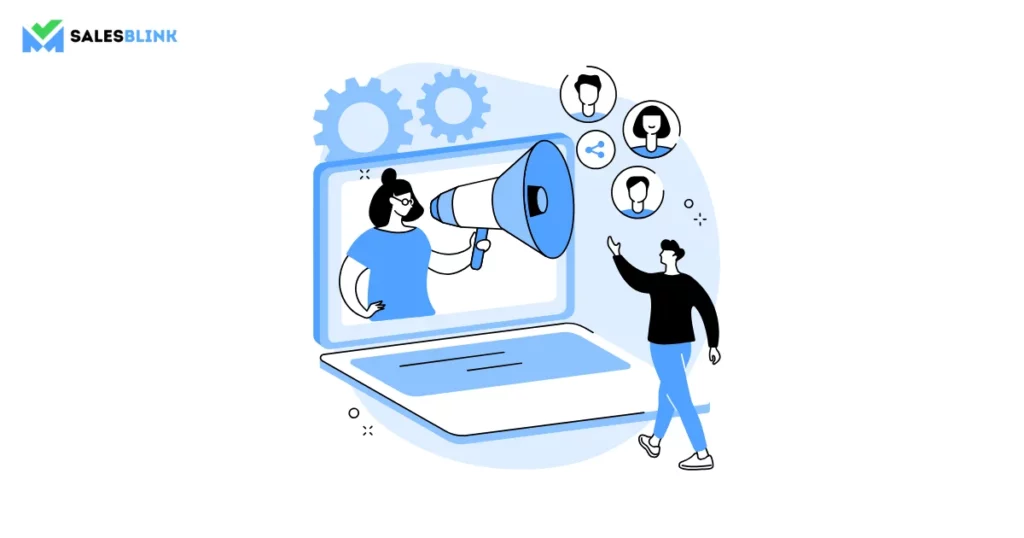
When you know what your potential customer is looking for, it’s like recommending a great book or movie to a friend. Imagine your friend wants a fun book to read or a movie to watch – you’d suggest something perfect for their taste, right? In soft selling, it’s like that! You figure out what they need, and then you offer products or services that match their requirements, like finding the right book genre or movie category. It’s all about being genuine and helpful, like guiding your friend to something they’ll enjoy. So, put yourself in their shoes, think about what would make them happy, and recommend with a smile!
5. Answer questions and educate the buyer

Picture yourself talking to a friend who’s curious about something. Soft selling is like that – being there to answer any questions your prospects may have. Think of it as helping a buddy who doesn’t know much about a topic. You need to be prepared to explain things simply, avoiding all the complicated jargon. It’s about being patient and clear like you would with a friend who needs your guidance. Remember, soft selling is like being a friendly teacher, making sure your friends (or customers) understand everything without feeling overwhelmed. So, be patient, be clear, and be helpful!
Soft sell technique example
Soft selling techniques prioritize building genuine connections with customers over aggressive pitches. By engaging in conversations, active listening, and a consultative approach, these methods aim to create a comfortable and personalized buying experience. Let’s explore the key aspects of soft selling that transform sales interactions into friendly, informative exchanges:
1. Customer Engagement
Initiating a conversation with the customer is the foundation of soft selling. This involves creating a friendly atmosphere where the salesperson doesn’t immediately jump into selling but rather starts by asking open-ended questions. For example, “Tell me a bit about how you use your smartphone on a daily basis.” This approach encourages the customer to share their needs and preferences, setting the stage for a more personalized sales interaction.
2. Active Listening
Active listening is crucial in soft selling. It goes beyond just hearing words; it involves paying close attention to the customer’s tone, expressions, and any nuances in their responses. By actively listening, the salesperson gains insights into the customer’s priorities and concerns. For instance, if a customer mentions the importance of a reliable camera for family photos, the salesperson can later highlight the smartphone’s camera features during the discussion, showing that their needs are genuinely considered.
3. Personalized Questions
Asking personalized questions is a key strategy in soft selling. By posing questions like “What features are you looking for in a smartphone?” or “How do you envision using your phone throughout the day?” the salesperson gathers specific information about the customer’s requirements. This allows them to tailor their recommendations and focus on the aspects of the product that matter most to the customer. It’s about understanding the individual rather than applying a one-size-fits-all sales approach.
Tips To Improve Soft Selling
If you’re new to the world of sales, especially soft selling, here are some super easy tips to help you improve your skills and create lasting connections with your customers.
1. Practice active listening
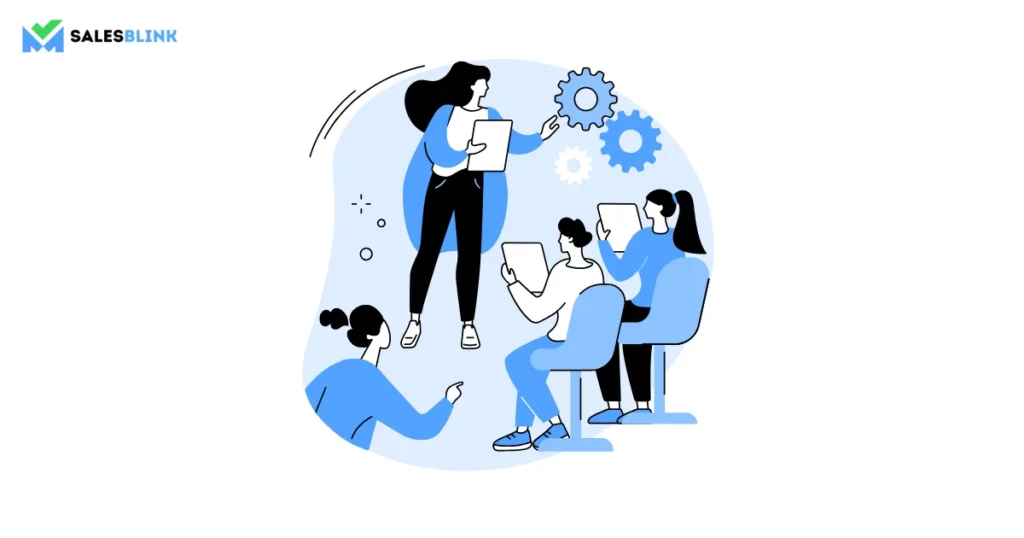
Active listening involves focusing on what your customer says. You have to grasp their pain points, likes, and what they fancy. Think of it as playing detective, gathering hints to solve a puzzle. When you pay real close attention, you can talk back in a way that really clicks with them. It’s not about being pushy or talking too much about your stuff. Soft selling is about using gentle techniques, not aggressive tactics. Imagine it as a laid-back conversation that feels natural, not like someone forcing you to close the deal. So, ditch the hard sell, be a good listener, and watch your sales grow!
2. Ask good questions

Instead of bombarding people with information, soft selling involves asking simple questions such as, “What do you like?” or “How can I assist you today?” These questions create a friendly atmosphere, making room for dialogue. Use techniques, such as active listening and friendly outreach to focus on building relationships rather than forcing a sale.
3. Provide value

Soft selling is all about giving your customers something special, like helpful tips, a sweet deal, or even a free treat! When you do this, you’re not just a salesperson anymore – you’re their friendly advisor!
By offering value, you transform from a mere salesperson to a helpful friend, creating a warm and friendly atmosphere in your interactions. Soft selling is all about making your customers feel important and valued!
4. Give customers time

Soft selling is all about being gentle and not pushing people too hard to buy something. Instead of bombarding them with aggressive sales tactics, soft selling gives them room to breathe and make decisions at their own pace. Imagine you’re baking a cake; you can’t rush it, right? Soft selling is like that. It’s about being patient, understanding, and using active listening skills to hear what your customers need. So, be patient, be a good listener, and let your sales approach be as smooth and comforting as a warm blanket on a cold day.
5. Stay in touch even after the sale

After the sale, only bother customers with a few sales messages. Instead, be like a good friend who listens to what they need. When reaching out after a sale, keep it simple and friendly, like sending a warm message, not a sales script. The idea is to stay connected, making customers feel cared for even after they’ve made their purchase. Customers appreciate the genuine approach, and they’re more likely to come back when they feel valued.
6. Expand your soft-sell approach

Consider tailoring messages to feel personal, building a more intimate connection with customers. These carefully crafted emails replicate the warmth of individualized touch. Additionally, consider developing a user-friendly roadmap to guide customers to your product effortlessly. This approach not only simplifies their journey but also enhances their overall experience, demonstrating a dedication to customer satisfaction and making the interaction more engaging and memorable. The combination of personalized emails and a navigational roadmap creates a seamless and pleasant customer interaction.
Enhance Your Soft-Selling Approach
Using techniques like active listening, soft selling creates a comfortable, stress-free buying experience for prospects. You ask questions, listen, and recommend things, just like suggesting a good movie to a buddy. Unlike hard selling, which is aggressive and annoying, soft selling builds relationships and trust. You don’t rush; you take your time, just like chatting with a friend. By being friendly and genuine, customers feel valued, leading to long-lasting connections and happy businesses. So, ditch the sales pressure, be a good listener, and watch your business bloom!
You can thank us later.
FAQs
1. How to do soft selling?
Soft selling is like having a friendly chat, not pushing people to buy. Use active listening, be nice, and understand what customers need. It’s like helping a friend, not forcing them.
2. What is an example of a soft sell?
A soft sell example is a friendly email suggesting products, not forcing buyers. It’s like a gentle recommendation, not a pushy ad.
3. What are the disadvantages of soft selling?
The disadvantage of soft selling can be slow sales growth. If you’re too quiet, people might not buy. Balancing being nice and making sales is key.







